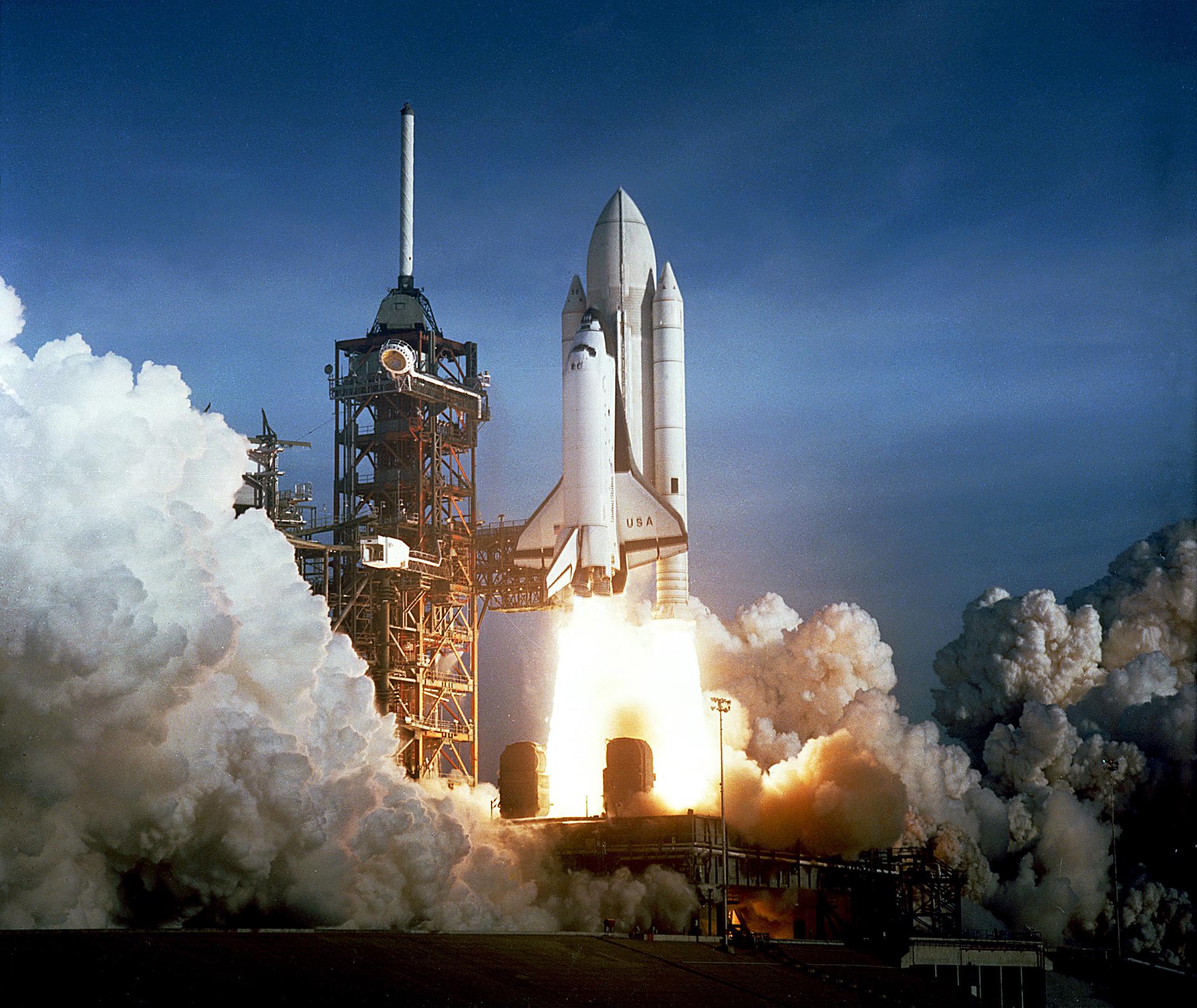A lot of rockets have a characteristic orange hue, and lots of people wonder about it. The coloration is not just an artistic decision taken by the engineers involved – actually, the opposite is true. Having tangerine-colored rockets is the best possible solution when it comes to launching something into space. From the tank of the space shuttle to the band on the Soyuz to the gigantic Core stage of the Space Launch System, the orange is not decoration. It is the color of the sprayed foam insulator that covers the portion of the launch vehicle that often contains liquid fuel.
The coloration is certainly distinct, and it must have made an impression on many seeing the orange tank against the black and white of the Shuttle in the spacecraft’s many launches. However, in the first two launches of Columbia, the tank was not orange. It was actually painted white – but as mentioned above, the mission team worked out that by not painting it they would actually save fuel and costs, as getting stuff in space was (and still is) very expensive.

The first ever space shuttle launch and the characteristic orange tank was painted white. Image Credit: NASA
By not painting it, the team shaved off 272 kilograms (600 pounds) from the total weight of the tank – not an enormous amount for sure, but that offset could mean more instrumentations or experiments on board or just a cheaper flight.
So Why Are Other Rockets Still Mostly Painted White?
You might be wondering why the rest of the Shuttle and other rockets are painted white if the paint just adds weight. This is also true with planes: why not just keep the chrome of the underlying metal for these vehicles instead of painting them? It turns out that removing that layer of paint is no money-saving scheme in the long term.
There are multiple reasons for that, but the main one is the fact that this color is the best one at reflecting sunlight, minimizing the heating that the cabin and the structures of rockets and spacecraft experience. Rockets and spacecraft also stay outside for days before launch, so the paint protects them from corrosion from the elements. White paint also makes it easier to spot anomalies such as dents, leaks, damages, and even dirt.
Rockets often have some black markings on them, and they too are not just beauty spots or things that the team thought looked pretty. The markings allow the ground team to have visual confirmation of the motions of rockets such as the orientation and roll of a vehicle, something that wouldn’t be possible with a solidly painted vehicle.
Source Link: Why Are Some Rockets Orange?